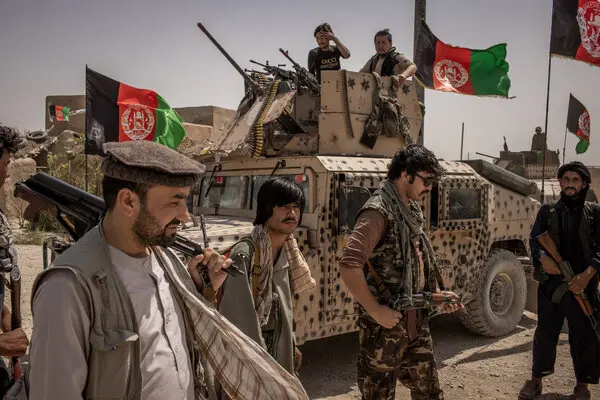marqaannews.net – Afghanistan, a landlocked country in South Asia, has been at the heart of numerous conflicts for decades. Its strategic location, at the crossroads of Central Asia, the Middle East, and South Asia, has made it a battleground for various powers throughout history. The nation’s rugged terrain, diverse ethnic groups, and complex tribal loyalties add layers to the challenges it faces. This article explores the multifaceted nature of Afghanistan’s conflict and the efforts to navigate towards peace and stability.
Historical Context
To understand the current conflict in Afghanistan, it is essential to delve into its history. The country has been invaded and occupied multiple times, from the British in the 19th century to the Soviet Union in the late 20th century. Each invasion left deep scars on the nation’s social fabric and political landscape. The Soviet occupation, in particular, led to a decade-long war that ended in 1989 but paved the way for the rise of the Taliban in the 1990s.
The Taliban and the U.S. Invasion
The Taliban, an Islamist militant group, emerged from the chaos of the Soviet withdrawal and the subsequent civil war. By 1996, they had taken control of most of Afghanistan, imposing a strict interpretation of Islamic law. Their rule was characterized by the suppression of women’s rights, the persecution of minorities, and the harboring of terrorist groups, most notably Al-Qaeda.
The September 11, 2001, terrorist attacks on the United States, orchestrated by Al-Qaeda, led to the U.S. invasion of Afghanistan in October of that year. The aim was to dismantle Al-Qaeda and remove the Taliban from power. The Taliban were quickly ousted, but the conflict evolved into a protracted insurgency.
The Insurgency and International Involvement
The international community, led by the United States and NATO, aimed to rebuild Afghanistan and establish a democratic government. However, the insurgency continued, with the Taliban regrouping and launching attacks against Afghan government forces and international troops. The conflict became increasingly complex, with various factions, including the Taliban, the Afghan government, and international forces, vying for control.
The Human Cost
The conflict has taken a heavy toll on the Afghan people. Hundreds of thousands have been killed or injured, and millions have been displaced. The country’s infrastructure has been devastated, and its economy is in ruins. The situation has been exacerbated by widespread corruption, a lack of governance, and the erosion of basic human rights.
Efforts Towards Peace
Despite the challenges, there have been numerous attempts to negotiate peace. The Afghan government, the Taliban, and international stakeholders have engaged in various peace talks and initiatives. The most significant development was the signing of a peace agreement between the United States and the Taliban in February 2020, which laid out a framework for the withdrawal of U.S. troops and the start of intra-Afghan negotiations.
Conclusion
Navigating Afghanistan’s conflict is a daunting task that requires a multifaceted approach. It involves addressing the historical, political, and social dimensions of the conflict, as well as the humanitarian needs of the Afghan people. While the path to peace is fraught with obstacles, the international community must remain committed to supporting Afghanistan’s journey towards stability and prosperity. The future of Afghanistan depends on the collective efforts of all stakeholders to build a peaceful and inclusive society that respects the rights and dignity of all its citizens.

